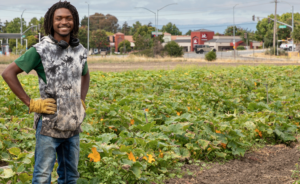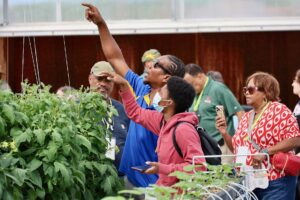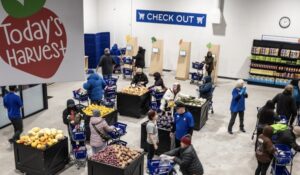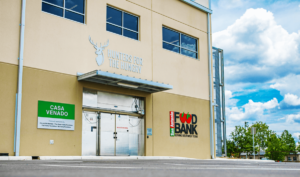At least one recipient of USDA grant money to package and deliver boxes of fresh produce to non-profits via the Coronavirus Food Assistance Program should be well known to food banks, especially those along the Northeast corridor.
The Mid-Atlantic Regional Cooperative, with a central warehouse in Philadelphia, Pa., announced this week it received a $3.7 million contract from the USDA to source, package and distribute fresh fruit and vegetables to food banks in its operating region, which stretches from Virginia to Maine.

MARC is part of a network of six regional produce cooperatives formed in 2017 with support from Feeding America. The co-ops, which joined an already well-established farm-to-food bank operation in California, have worked to steadily increase the amount of fresh produce available to food banks across the country. MARC was the only one of the Feeding America co-ops to apply for the USDA’s farm to food-box grant.
Some of the entities awarded contracts, including a wedding and event planner in San Antonio given a $39 million contract, have raised questions about USDA’s vetting process. In a letter sent to the USDA this week, the head of the United Fresh Produce Association sought greater transparency into the USDA’s decision-making in an effort to assure the program’s integrity.
MARC’s credentials appear self-evident. Weeks before the USDA even announced the CFAP program, MARC had already pivoted to creating 20-pound boxes of mixed produce for distribution to its 25 member food banks. The USDA grant will allow it to do more of the same.
“We happen to be perfectly situated for this,” said James DeMarsh, MARC’s Director. “We lie right between the food banks and the food industry.”
Usually, MARC finds landing places for food that might otherwise go to waste by pursuing opportunities related to below-market purchases, donations or produce rejected for cosmetic reasons. With the grant money, it will now also purchase fresh produce. “The intention of the program is to spend money on domestic producers,” DeMarsh explained.

The USDA devised CFAP to alleviate the problem of farmers plowing under crops in response to shuttered wholesale relationships, at the same time that food insecurity is soaring across the country. In making the shift from wholesale- to retail-sized packaging, the cardboard box has proven instrumental.
Typically, MARC creates value for its food-bank members by shipping them tractor-trailers filled with mixed loads of produce. Instead of receiving a truckload of carrots, for example, a food bank gets a truckload of a variety of vegetables.
Since the pandemic and with the support of Feeding America, MARC has been paying a N.J.-based produce distributor to fill the trucks instead with 20-pound boxes of mixed produce. “We provide the product, they create the boxes and we specify how to distribute them,” DeMarsh said.
MARC normally sends out an average of 18 tractor-trailers per week, filled with five to ten different types of produce, DeMarsh said. With the grant, it expects to average 27 truckloads, now filled with the emergency food boxes.
Boxed-up food has become essential as a more streamlined way to meet unprecedented demand at food banks. According to Feeding America, food banks have seen an average increase in demand of 59% since the pandemic.
MARC could end up coordinating 80 to 90 truckloads a week as it begins working with some of the other contract winners that need help reaching a wider base of non-profit recipients, DeMarsh said. “We’re a direct route into the food banks,” he noted.
























